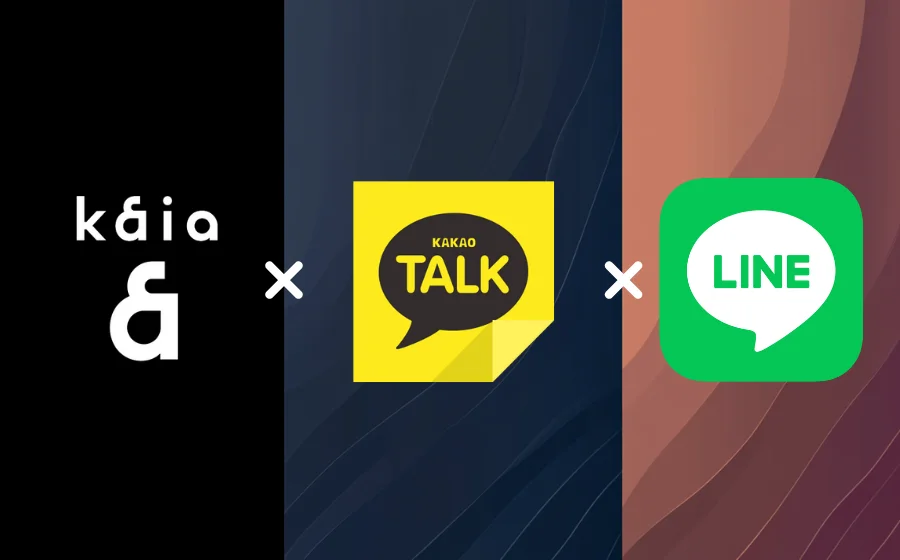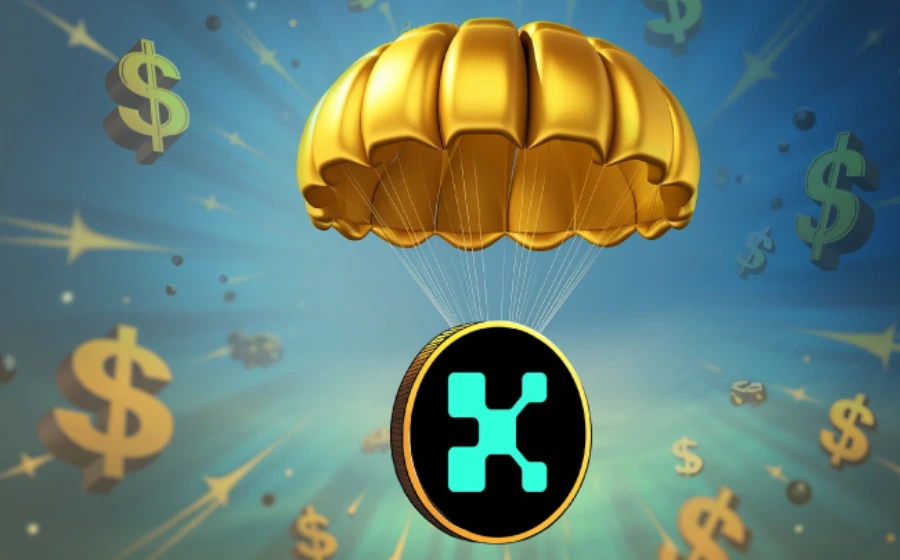
KEYTAKEAWAYS
- Kaia, launched by Kakao and LINE, merges their existing blockchains and aims to leverage 250 million+ users for mass Web3 adoption through familiar messaging apps.
- Inspired by TON, Kaia offers EVM compatibility, 1-second block times, and 4,000 TPS, positioning it as a high-performance blockchain for various Web3 applications.
- The entry of Web2 giants Kakao and LINE into Web3 intensifies competition, bringing vast resources and user bases to accelerate blockchain innovation and adoption.

CONTENT
Kakao and LINE merge blockchain efforts to launch Kaia, a TON-inspired Layer 1 platform. Leveraging 250M+ users, Kaia aims to bridge Web2 and Web3, offering low-latency transactions and mini dApp development for mass adoption.
South Korean social giant Kakao and popular Japanese instant messaging app LINE have announced the launch of their Layer 1 blockchain, Kaia. This new blockchain is a result of merging Kakao’s Klaytn and LINE’s Finschia blockchains, aiming to create a powerful platform inspired by The Open Network (TON) model.
Kaia is designed to enable a seamless blend of Web3 experiences with the familiarity and ease of use associated with Web2 platforms. By leveraging the extensive user bases of Kakaotalk and LINE, which boast over 250 million users across Asia, this integration is expected to drive mass consumer adoption of blockchain services by embedding them within widely-used communication apps.
STRONGER WEB3: THE COMBINED FORCE OF KAKAOTALK AND LINE IN KAIA
“Dubbed Asia’s largest Web3 ecosystem, Kaia integrates KakaoTalk and LINE, which together boast a substantial user base,” states the Kaia Foundation announcement.
According to publicly available information, Klaytn launched in June 2019 and quickly became one of the leading blockchain networks among Korean users. DappRadar’s 2023 report highlighted Klaytn’s impressive user growth, noting a 1100% increase in users to 873,000 by 2023. Over the past 30 days, the most popular dApp on Klaytn was Kgken, a Move-to-Earn application with 743,000 users, followed by Superwalk with 50,700 users and Iskra with 45,000 users.
LINE has also made significant strides in the market. In 2022, LINE’s NFT subsidiary, LINE NEXT, secured $10 million in strategic funding from notable investors, including SoftBank, Naver, CJ ENM, Shinsegae, LINE Games, YG Plus, Hashed, and K Auction. The following year, LINE NEXT announced a $140 million investment from Crescendo Equity Partners and its consortium, marking one of the largest investments in Asia’s blockchain and Web3 sectors for 2023.
Launched in 2018, LINE’s Finschia has also attracted a substantial user base. Finschia’s most popular dApp, the NFT platform DOSI, accumulated 5.6 million users since its launch in January of this year, facilitating over 530,000 NFT transactions.
With the robust user bases of KakaoTalk and LINE, both platforms are positioned to play significant roles in the evolving Web3 landscape. Their substantial investments and rapid growth in the blockchain sector underscore their potential and continued relevance in driving innovation and adoption within the Web3 ecosystem.
INSPIRED BY TON: ENABLING USERS TO CREATE DAPPS
Kaia‘s core developer Aidan Kwon revealed that the new blockchain Kaia is inspired by TON’s success, utilizing instant messaging apps as an entry point.
According to the official website, Kaia supports EVM smart contracts, boasting the lowest transaction latency among leading EVM Layer 1s with a block time of one second and instant finality. This ensures a smooth user experience, opening up possibilities for use cases requiring near-instant responses. Kaia employs practical Byzantine Fault Tolerance (pBFT), a highly optimized version of the Byzantine Fault Tolerance algorithm, achieving a processing capacity of 4,000 transactions per second in real-world environments.
Kaia has also launched the Kaia Wave developer support program, enabling developers to create mini dApps on LINE using the NEXT WEB software development kit (SDK), facilitating Web3 native app integration similar to Telegram.
With the launch of the Kaia mainnet, the Kaia Foundation has introduced the Kaia Portal, providing users with features such as token swaps, airdrops, and staking. Klaytn token holders do not need a separate token swap, but Finschia’s FNSA token holders will need to convert their tokens to the new KAIA tokens.
Read more about our top TON picks:
- 3 Groundbreaking Projects on TON Chain You Should Know in 2024
- TON Blockchain: Everything You Need to Know
- TON Blockchain: Top 3 Non-Gaming Projects in 2024 – Ston.fi, Moons.so, TonGifts
- Clan of Raiders, the New Game Generating Buzz and Boosting the TON Ecosystem
MARKET CHALLENGES IN WEB3 FOR SOCIAL MESSAGING APPS
Despite their strong positioning, KakaoTalk and LINE face significant market challenges as they venture into Web3. Numerous other instant messaging platforms are also making strides in this space.
For example, in 2018, Beechat focused on encrypted communications and provided a digital asset wallet function. Some platforms even aim to issue digital currencies to support payments within their chat applications and related scenarios.
In May 2017, the Canadian instant messaging social platform Kik announced the launch of its digital currency, Kin, allowing users to purchase a range of digital services through it.
Overall, the introduction of mini dApp functionality could provide significant growth opportunities for Kaia. Combined with the advantage of a large Web2 user base and substantial financial backing, Kaia‘s ambitions are further amplified.
For native Web3 companies, the entry of established Web2 giants like Kakao and LINE into the blockchain space increases competitive pressure. These seasoned social media giants bring vast user bases, ample funding, and extensive product experience, creating a new competitive landscape in the Web3 arena. The stage is set for more intense competition, as these traditional social media powerhouses leverage their resources and expertise to innovate and capture market share in the evolving Web3 ecosystem.

















